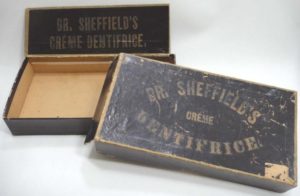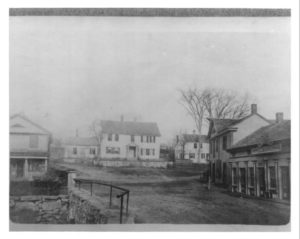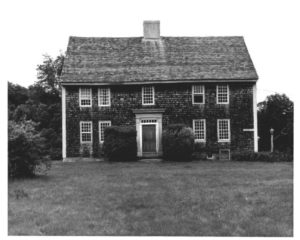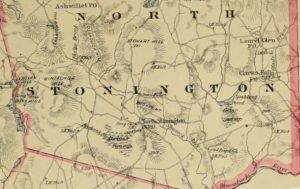Now Viewing:
North Stonington

Breaking the Myth of the Unmanaged Landscape
Evidence of early Native land use is etched into the landscape and preserved in oral tradition as well as the historical and archaeological records.
Read
Aristocratic Dental Cream Gets Squeezed
Taking advantage of his skills as a dentist and chemist, Dr. Washington Wentworth Sheffield, in 1850 at the age of 23, invented modern toothpaste.
Read
North Stonington Fairs Preserve Connecticut’s Agricultural Heritage
Despite brief success as a mill town in the early 19th century, North Stonington is ultimately tied to its agricultural history.
Read
Stepping Back in Time: North Stonington Village Historic District
Listed on the National Register of Historic Places in 1983, the Stonington Village Historic District features buildings, canals, bridges, and machinery that recall life in a typical early 19th-century New England mill village.
Read
North Stonington’s Randall House, Nothing Ordinary about It
Fascinated by the colonial lifestyle and open-hearth cooking, Bill and Cindy purchased the John Randall House in North Stonington in 1986.
Read
North Stonington: Shunock River and Local Ambitions Powered a 19th-century Mill Town
With water supplied by the Shunock River and Assekonk Brook, North Stonington supported mill operations and local businesses from the late 1600s to early 1900s.
Read
Causes of the Pequot War
The outbreak of the Pequot War is best understood through an examination of the cultural, political, and economic changes after the arrival of the Dutch (1611) and English (early 1630s).
ReadMore Articles




